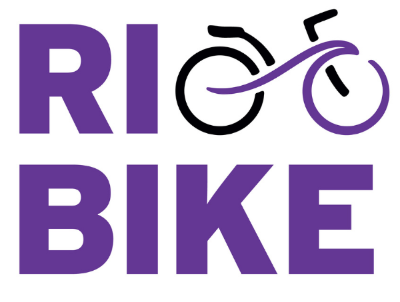More fitness. America’s obesity epidemic curbed. Less gasoline burned, fewer carbon emissions. Safer streets. Improved access to public transit.
Those are just some of the reasons why biking and walking proponents say it’s time for the federal government to focus less on new and expanded highways, and far more on safe pathways and “complete streets” for our towns and cities.
Right now there’s a shadow over all transportation funding as gas taxes diminish, the Highway Trust Fund sputters on empty, and reauthorization of the overall federal support program almost assuredly faces a year’s postponement.
But maybe the pause is time to debate: Why should we seriously consider federal support for sidewalk widenings or new pathways for city dwellers and suburbanites?
Congressional Republicans seem to have few doubts about the answer. House Minority Leader John Boehner (Ohio) and Republican Whip Eric Cantor (Va.) have joked about the government’s existing $833 million a year for pedestrian and bike facilities and protecting historic neighborhoods. They’d ax the program altogether.
But–even when Republicans firmly held Congress, the House in 2003 voted overwhelmingly, 327-90, to keep the transportation enhancements program in place. Today, arguably, the case is even more compelling.
A top new argument: obesity. A stunning 34 percent of adult Americans are currently obese, another 32 percent clearly overweight, according to the Centers for Disease Control and Prevention. Excessive weight now causes more deaths than smoking. If the fat crisis can’t be dealt with, rising levels of heart disease and diabetes will assuredly swamp the nation’s efforts to reduce spiraling health costs.
What’s the answer? Yes, diet. But more physical activity, too. We’ve allowed autos to carry us everywhere, even walkable distances of less than a mile (and even, in many cases, to the gym)! Our bodies fatten inexorably. One estimate of the country’s annual medical bill for physical inactivity: $117 billion.
Children are a chief concern: in 1969, 50 percent walked to school; by 2004 the figure was down to 14 percent. It’s the same reason so many adults fail to enjoy the low-impact, weight-trimming exercise of close-to-home walking or biking: local planning that provides thin if nonexistent sidewalks, dangerous-to-cross highways, and sprawling development.
Walkers, bikers and public health advocates have embraced the existing federal transportation enhancements program as a start at sparing us a 100-percent asphalt future. But spread nationwide, the program’s yearly outlay is thin–just a quarter more than a single $676 million highway cloverleaf in Virginia, for example.
It’s time, argues Keith Laughlin, president of the Rails-to-Trails Conservancy (railstotrails.org), for a mega-federal step forward–toward “active transportation.” What would that mean? A quick answer: Walking and biking accepted as legitimate, viable and healthy transportation modes, worthy of priority, not last-and-maybe federal support.
Cities that have already invested seriously in walking and biking access are demonstrating solid results, Laughlin claims. The lead example: Portland, Ore., where $57 million has been spent on in a 300-mile bikeway/pedestrian network since 1991. Portland bicycling has lately increased up to 15-20 percent a year, and another $100 million trail investment is planned. By 2040, Rails to Trails calculates, Portland’s net benefit from better health and reduced fuel savings will be $1.2 billion, representing an eye-catching 8-to-1 return-on-investment ratio.
Could such gains be mirrored nationally? Up to 100 communities, 10 states included, have at least endorsed the “Complete Streets” movement (www.completestreets.org). And the last federal transportation reauthorization did include a pilot program encouraging four communities–provided with $25 million each–to devise their own programs to encourage “mode shifts” to walking and biking. Columbia, Mo., Sheboygan County, Wis., Minneapolis, Minn. and Marin County, Calif., were selected for the program, which Rails to Trails administers for the government.
Rails-to-Trails says the pilots are doing well and it’s time to expand the program to 50 more cities, funded at $50 million each, across the country. That would cost $2.5 billion. Rep. James Oberstar, the House Transportation Committee chair who authored the pilot program in 2003, is holding back, apparently seeking more conclusive evidence.
What’s indisputable is that several cities–among them Cleveland, San Diego, Altoona (Pa.), Billings (Mont.) and Madison (Wis.)–are straining at the bit, working with trail advocacy groups to appeal for significant federal support to mount full-bore walking/biking plans and construction.
Their case is strong. We’ve had a near-century of overwhelming federal funding preference for the automobile. Rails to Trails calculates that a nationwide promotion of biking and walking for short trips could cut miles driven by 70 billion miles to 200 billion miles from what Americans drive yearly. And we’d reduce our oil consumption and greenhouse gas emissions by at east 3 percent, and with luck as much as 8 percent.
Then also consider the dramatic health gains possible from more active, less sedentary lifestyles. It turns out that major walking and biking efforts aren’t some joke, or just an interesting idea. They’re imperative.
Neal Peirce / Sunday, July 19, 2009
© 2009 Washington Post Writers Group
